Pablo Picasso: How One Spanish Artist Changed Art Forever
Why does everyone know the name Pablo Picasso?
It doesn’t matter if you’re a long-time art lover or if you’ve never stepped inside of a museum, when people around the world hear the word “artist,” one of the first names that come to mind is “Picasso.”
Why is that? How did one Spanish artist become such a timeless phenomenon?
This video from Park West traces Picasso’s path from starting as a young student in Barcelona to eventually becoming an icon of the 20th century.
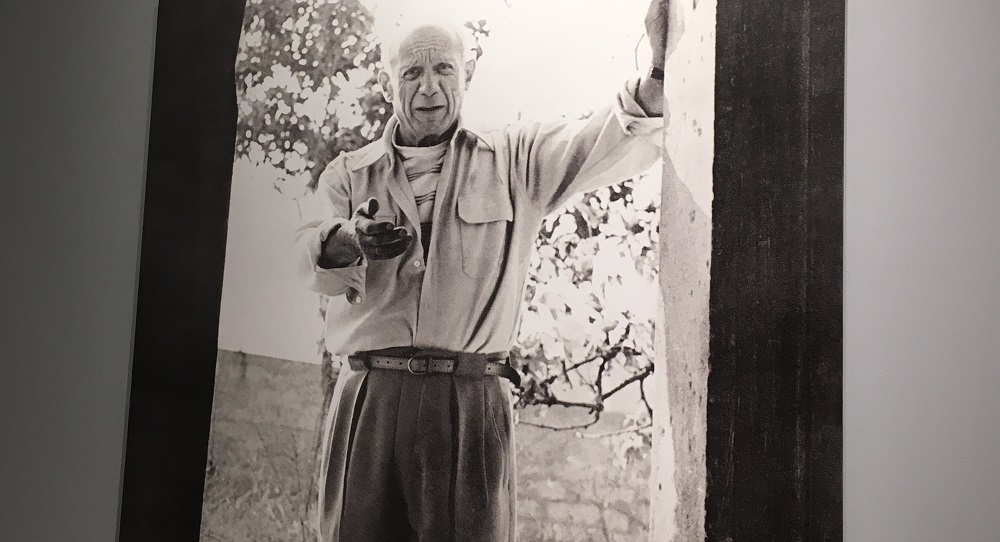
Photograph of Pablo Picasso, displayed at Park West Museum
In the words of Park West Gallery Director Morris Shapiro, “I think it’s fair to say there’s art before Picasso, there is art after Picasso—and it’s not the same. It’s completely transformed.”
But how did that transformation happen? One of the things that the video spells out is just how profoundly prolific Picasso was during his career.
By the time he died at age 91, Picasso had created thousands of works of art. In fact, there are currently more than 29,000 catalogued Picasso artworks, and some estimate that there could be tens of thousands more uncatalogued as well.
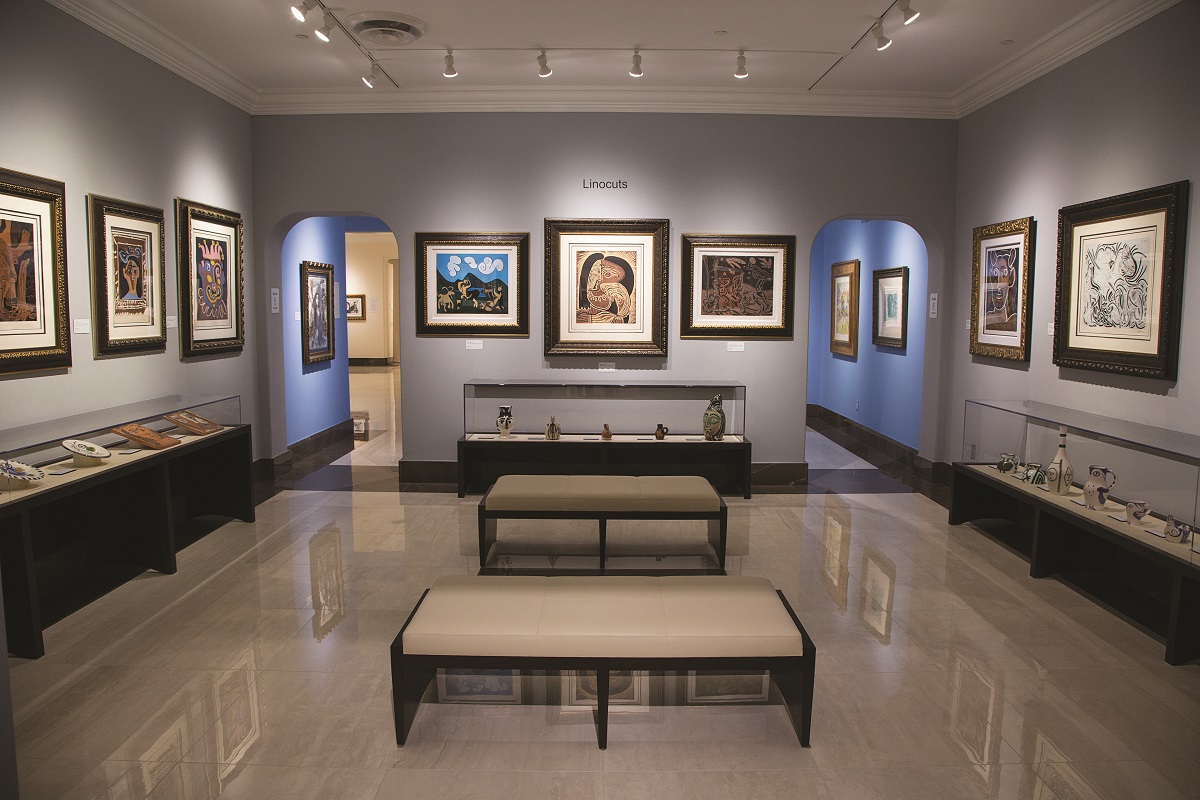
The Pablo Picasso galleries at Park West Museum
Picasso didn’t just create—he never stopped creating. He was completely unafraid of experimentation and seemed energized by exploring almost every artistic medium known to man.
We’re all familiar with Picasso’s paintings like “Guernica” and “Les Demoiselles d’Avignon,” which hang in prestigious museums around the world, but he also worked in sculpture, ceramic, drawing, watercolor, pastel, monotype, etching, theatrical design, lithography, linocut, aquatint—and that’s just a partial list.
But Picasso wasn’t content to just dabble in these media. He was constantly innovating. He helped invent Cubism and collage. He revolutionized the concept of constructed sculpture. The new techniques he brought to his graphic works and ceramic works changed the course of both art forms for the rest of the century.
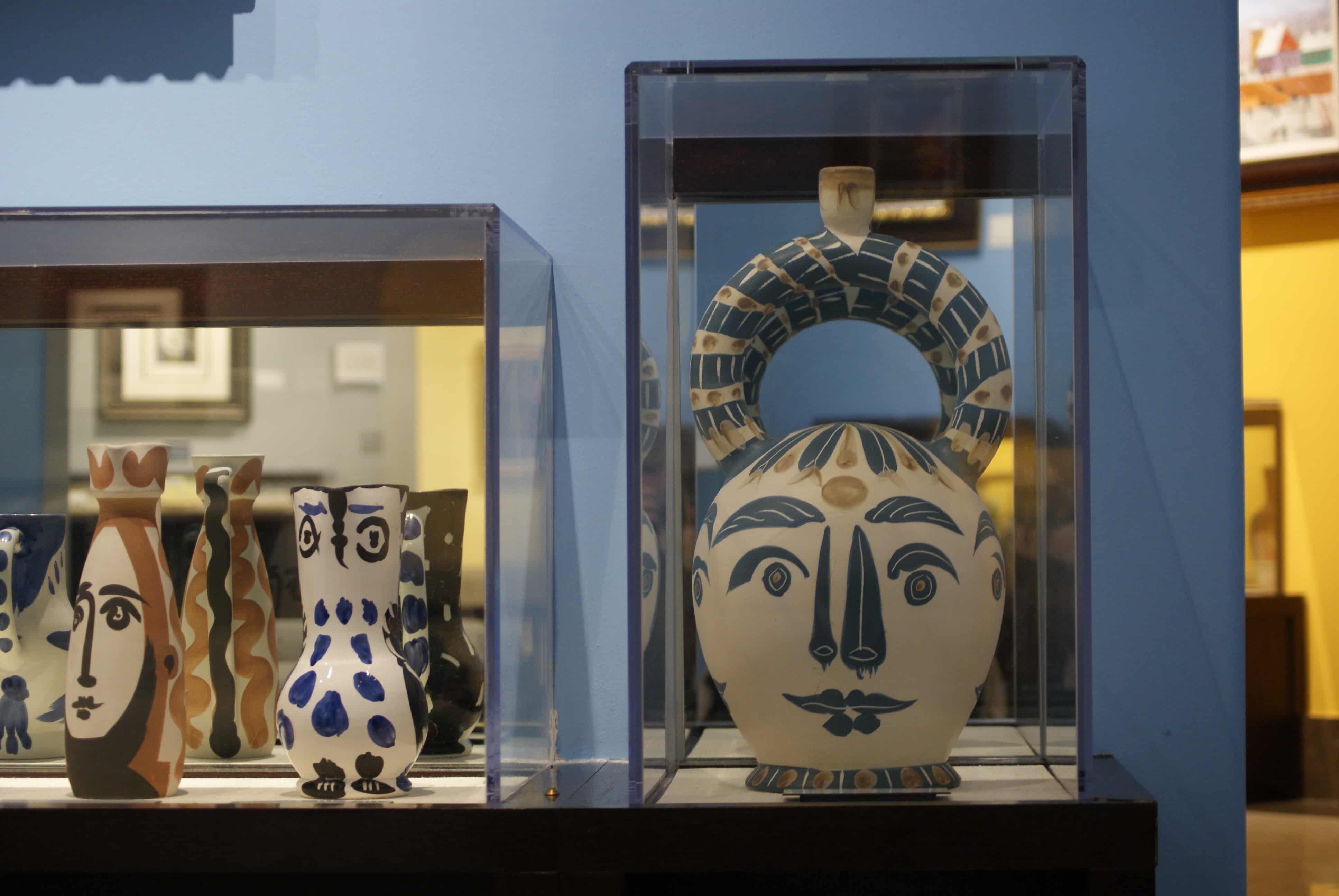
Examples of Picasso’s numerous ceramic works
Picasso’s story as an artist isn’t one of quantity over quality. It’s a story of a man who loved art, all art, so intensely that he devoted his life to exploring every aspect of it.
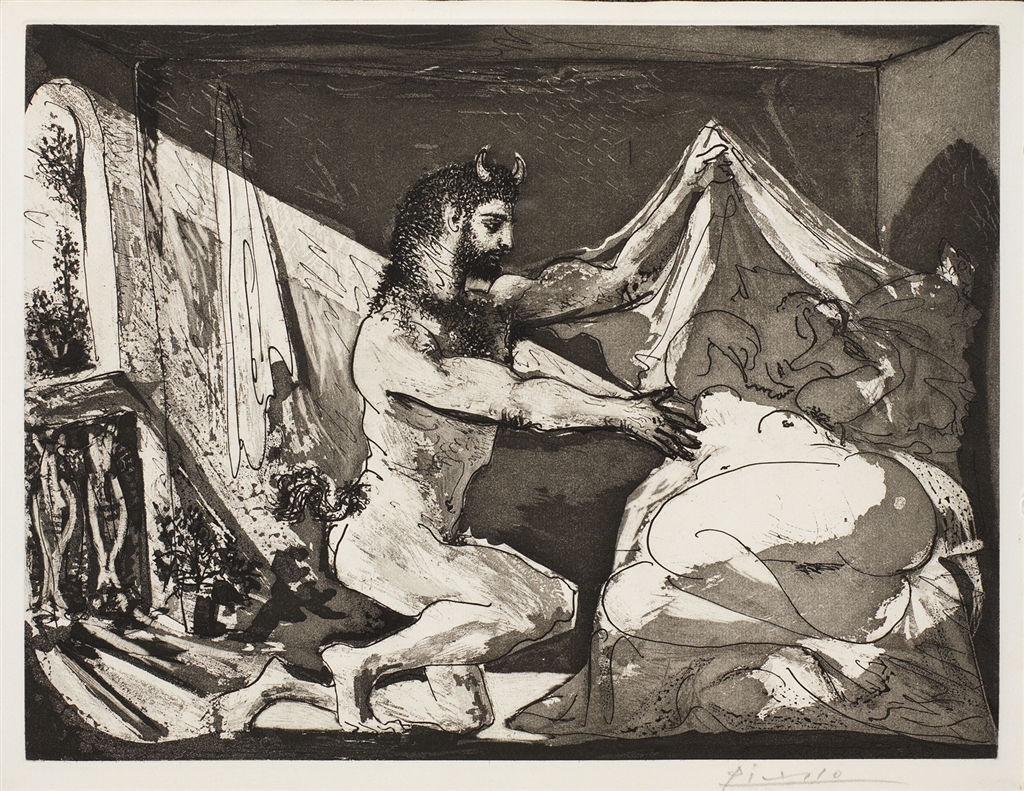
“Faune Devoilant une Femme” (1936), etching by Pablo Picasso. From his “Vollard Suite.”
Perhaps this is why Picasso never liked talking about his creative process. In his youth, Picasso would actually carry around a revolver loaded with blanks that he’d fire anyone who asked him about the “meaning” of his art.
He once said, “I make the painting for the painting. I paint the objects for what they are.”
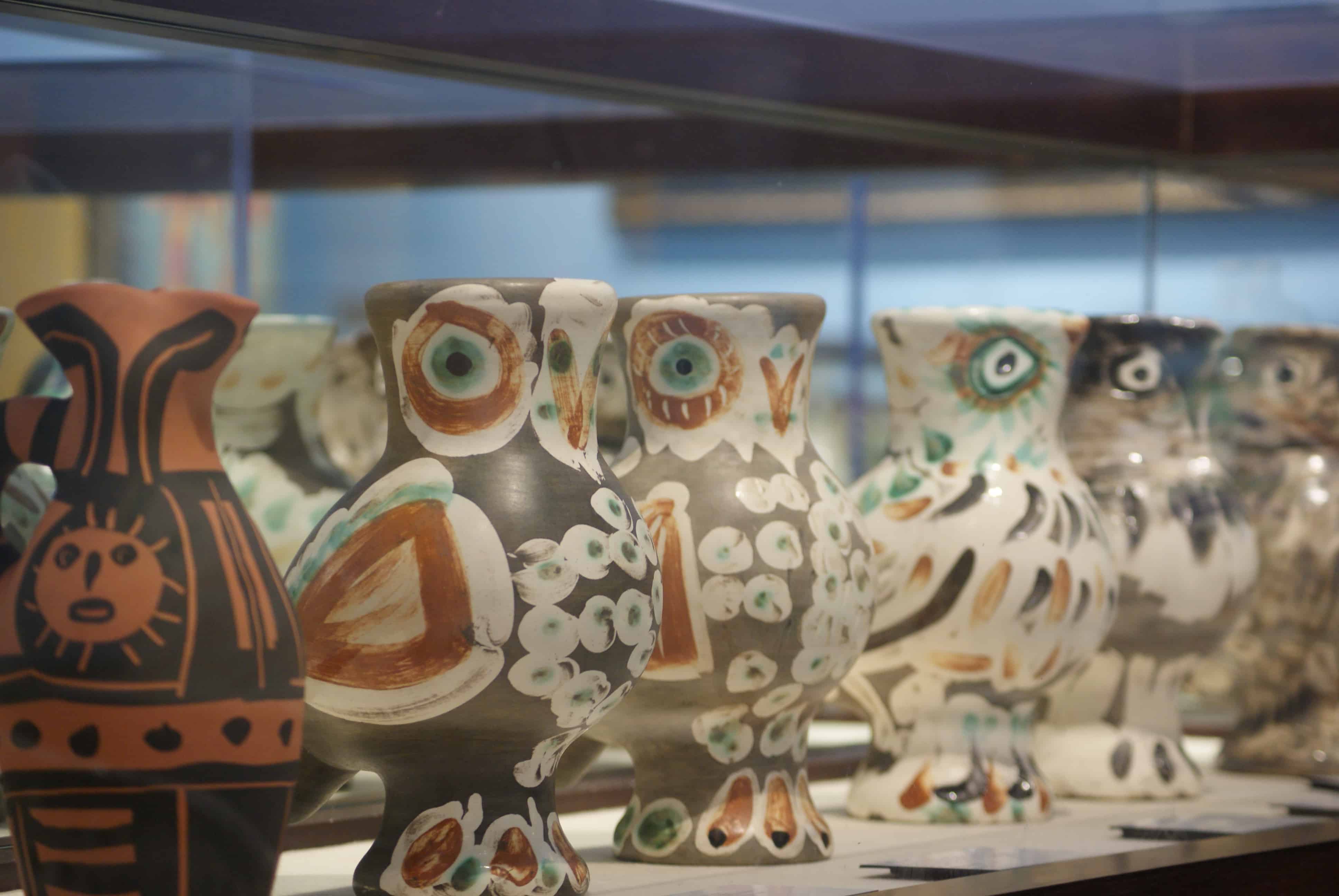
Picasso ceramics at Park West Museum
For Picasso, the art itself—the object, the paint on the canvas, the clay pot in the kiln—had an inherent value, a worth that extended beyond any subtext or deeper meanings.
Picasso loved and valued art, and perhaps that’s why he made such an impression on the 20th-century art world. He inspired an entire generation to rediscover their passion for art.
• • •
The Park West Museum, just outside of Detroit, has extensive galleries devoted to the works of Picasso, including one of the largest collections of Picasso ceramics on display anywhere in the world.
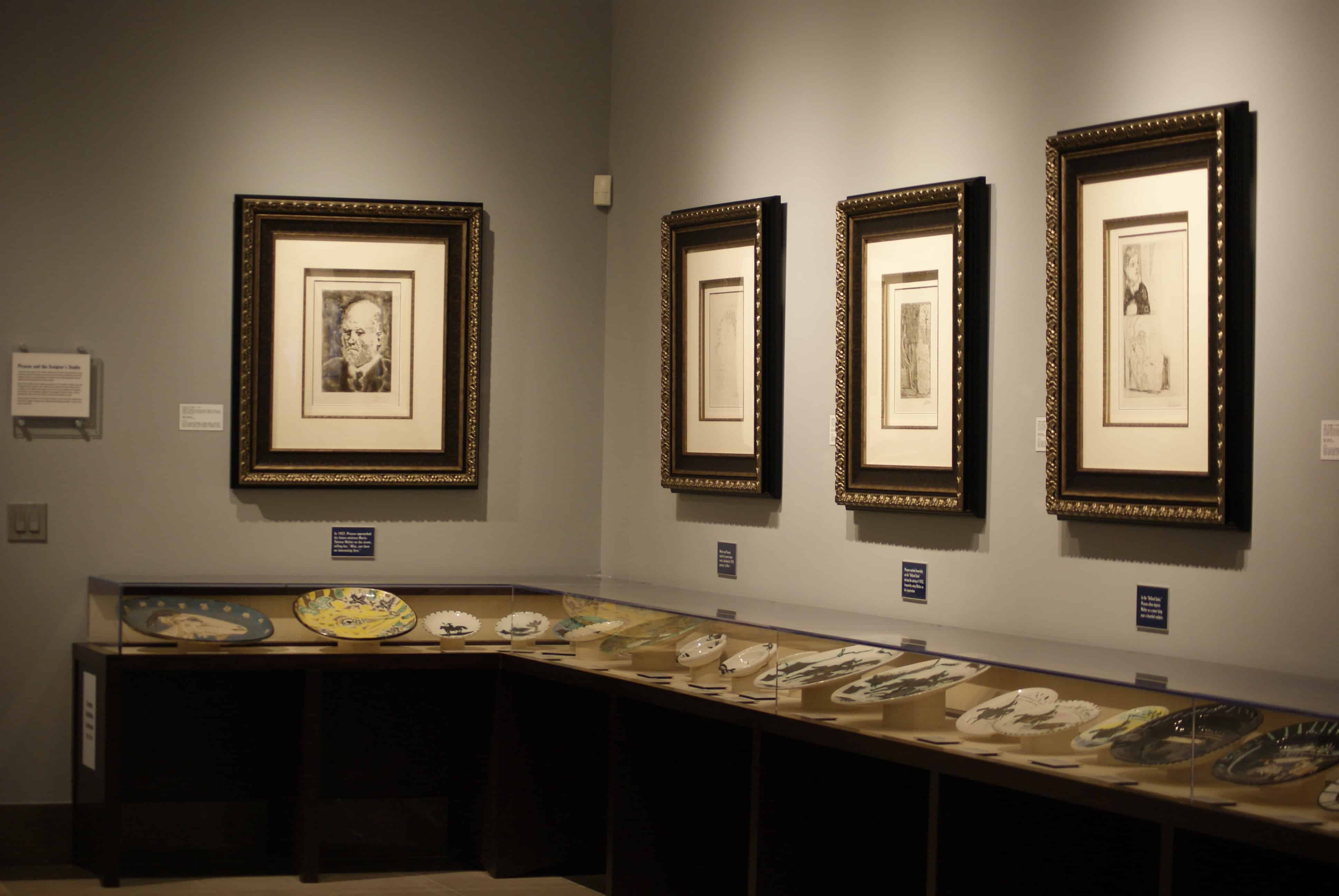
Picasso collection at the Park West Museum
Park West Museum is open Monday through Saturday from 10 a.m. to 6 p.m. and Sunday from 11 a.m. to 5 p.m. The museum is located at 29469 Northwestern Highway, Southfield, Michigan 48034.
To collect the artwork of Picasso, attend one of our online auction weekends or contact our gallery consultants at (800) 521-9654 ext. 4 during business hours or sales@parkwestgallery.com.
Follow Park West Gallery on social media
LEARN MORE ABOUT PABLO PICASSO:
- Park West CEO Albert Scaglione on the Art Market’s Obsession with Picasso
- The Barcelona Suite: Picasso at the Turn of the Century
- Duaiv Wows Denver Crowd with Picasso Tribute








